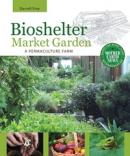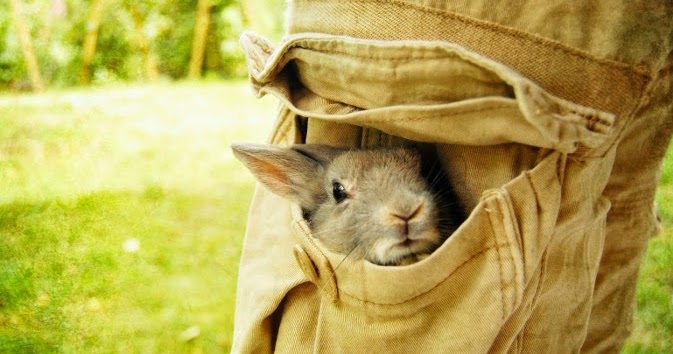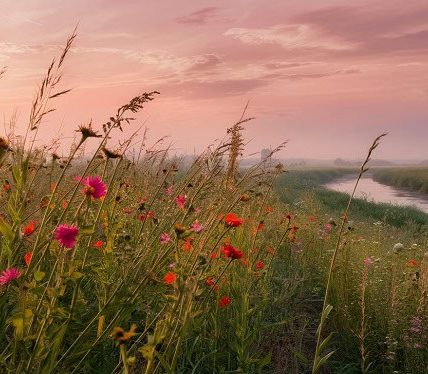The Ethicurean: Chew the right thing. –
 As small farmers look for ways to cut costs and increase their profit margins, they focus more attention on the energy used on the farm. Whether they implement energy efficiency measures or find ways to produce home-grown energy (through wind, solar, biofuel, and more), farmers who examine the energy invested in their business often discover new ways to practice good stewardship on their land.
As small farmers look for ways to cut costs and increase their profit margins, they focus more attention on the energy used on the farm. Whether they implement energy efficiency measures or find ways to produce home-grown energy (through wind, solar, biofuel, and more), farmers who examine the energy invested in their business often discover new ways to practice good stewardship on their land.
Darrell Frey is one of those conscious stewards. He started homesteading in the back-to-the-land movement of the 1970s and soon developed an interest in permaculture, a process-oriented approach to agriculture that takes a broader look at everything involved in farm or garden production. In 1983, he and his wife Linda established Three Sisters Farm in western Pennsylvania, seeing a five-acre field “of bare soil and corn stubble” as the perfect blank slate upon which to explore permaculture theory and practice. The results of the Freys’ hard work (to date) are detailed in his book “Bioshelter Market Garden: A Permaculture Farm.”

The bioshelter at Three Sisters Farm
Because their work rests on a permaculture foundation, Frey opens the book by discussing the principles of this “permanent agriculture.” Among the key concepts utilized successfully on the farm are finding multiple and stacking functions for each element of the farm, building redundant systems into farm operations, using appropriate scale design and technologies, and implementing biological rather than chemical resources. Everything on the farm is open to critical review in light of permaculture design, from where to locate various gardens based on topography or microclimate to how buildings are used and powered.
The central point for this permaculture farm, Frey states, is the bioshelter, “a greenhouse operated as an ecosystem.” He likens the bioshelter to a living cell that breathes and replenishes itself from its environment, producing food and wastes in the process. More than just a glassed-in hothouse, the bioshelter contains multiple microclimates and encourages ecological relationships between the plants and beneficial insects as well as chickens and humans.
Built in 1988, the bioshelter incorporates windbreaks and earth berms into its structural design as well as solar heating, and heavy insulation, passive cooling methods, and closed bins for composting chicken manure reduce energy costs significantly. By using this “free” heat from solar and biothermal energy, the bioshelter has paid back most of its initial $80,000 price tag in fuel cost savings, thus reducing the cost of energy input for the farm’s crops.
Outside the bioshelter, the farm is laid out in various permaculture zones and gardens. Frey notes that they chose to develop the farm slowly, taking several years to study the climate, topography, hydrology, soils, and solar and wind resources around the five acres. Along with the market gardens that provide fresh produce to area markets, the farm includes teaching gardens that showcase useful herbs and native plants as well as examples of habitat and biodiversity within small ecosystems.
Given the complex interconnections within and between gardens as well as the bioshelter, Frey acknowledges that managing the farm “is a complex task.” He provides one lengthy chapter that guides the reader through the seasons, sharing wildlife observations and weather notes in addition to explanations of what is growing and otherwise occurring on the farm. From winter planning to the maintenance tasks and weatherizing of fall, he outlines a “manageable pattern of activities” that helps keep everything running smoothly.
Though the book explores this particular farm and its unique characteristics, the detail offered gives readers the chance to learn a great deal that can be applied to their own gardens or farms. Various chapters explain Three Sisters Farm’s energy systems, methods of pest control, and garden management in a straightforward way, making the book a useful reference tool for those interested in permaculture on a practical level. And for agriculture wonks, the appendices include numbers, equations, diagrams, and charts for calculating how much compost a garden space will need or how to figure solar gain and energy dynamics in a greenhouse or bioshelter.
While I certainly don’t have the space to create a five-acre permaculture farm of my own, I found a great deal of useful and practical information in “Bioshelter Market Garden.” Of special interest to me was the one-page chart (p.221) that condenses the year’s planting schedule – something I may try to adapt to my own garden plans next year. Beyond the design details and the how-to help, though, Frey describes Three Sisters Farm in such vivid prose that one can’t help but picture a garden Eden. It’s a hefty read, overwhelming at times, but “Bioshelter Market Garden” lights the way for those who want to develop permaculture farms of their own.
Editor’s note: The Ethicurean maintains a comprehensive list of books about sustainable food and agriculture and related topics at Goodreads.com. You can see what we’re reading via the Goodreads widget in the righthand column (and if you click on one of those book covers to purchase it via Amazon.com, you’ll be helping us out financially, at no extra cost to you.) To browse our collective library and read previous reviews, visit our Goodreads bookshelf.
(c) The Ethicurean: Chew the right thing. – Read entire story here.









